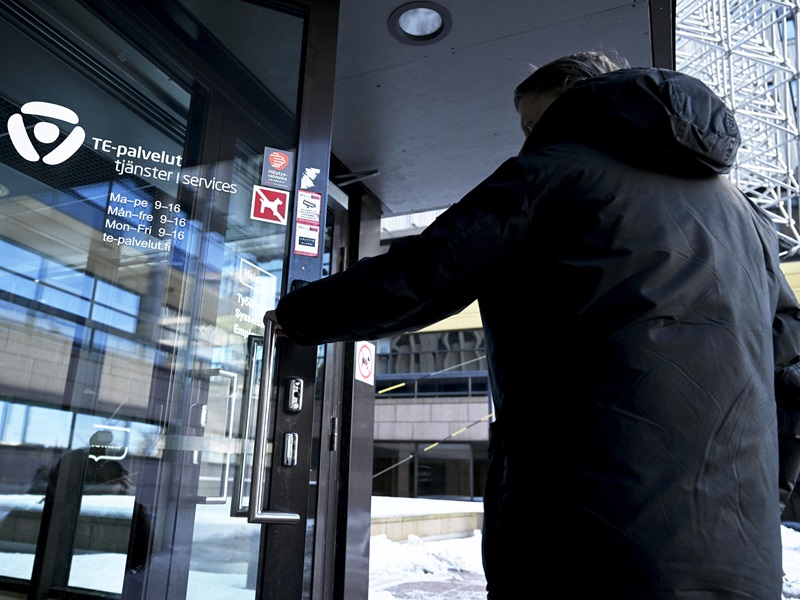LAY-OFFS have spread recently from architects, construction workers and real estate agents to a wide range of occupational groups in the retail, restaurant and even technology industries, reports YLE.
The Finnish public broadcaster reported earlier this week that the ranks of unemployed job seekers have recently grown with the likes of battery assembly technicians, information and communication technology systems engineers, quality controllers and sales engineers.
The spread of labour market uncertainty is also reflected in consultative negotiation announcements, which have been made recently by the likes of the data security firm F-Secure, chemical industry group Kemira, industrial technology provider Valmet and agricultural machinery manufacturer Valtra.
Elina Pylkkänen, a permanent state undersecretary at the Ministry of Economic Affairs and Employment told YLE on Tuesday that she is not surprised by the spread of lay-offs to the information and communication technology industry.
“They were hired in high numbers and, when companies cut costs, it’s certain that the lay-offs will also hit them in addition to administration and other middle-management jobs,” she said.
She considers it more noteworthy that lay-offs are taking place virtually across the economy. The
Ministry of Economic Affairs and Employment on Tuesday revealed that the number of unemployed job seekers grew by 17 per cent year-on-year among special experts, 13 per cent among experts, 13 per cent among service and retail workers, 13 per cent among managerial staff, nine per cent among construction and manufacturing workers, and eight per cent among office and customer service workers.
The increase was pronounced particularly among employees with undergraduate degrees (23%), doctoral degrees (20%), graduate degrees (19%) and special vocational degrees (15%).
According to the Ministry of Economic Affairs and Employment, the number of unemployed job seekers stood at 279,000 in September, signalling an increase of 30,000 from September 2023 and one of 100 from August 2024. The ranks of job seekers included 19,100 temporarily laid off employees, an increase of 1,400 from September 2023 and one of 2,000 from August 2024.
Also the number of employees working shortened weeks has increased from the previous year.
“We did expect a turn for the better this autumn. So far we aren’t seeing such a change,” conceded Pylkkänen.
Statistics Finland, meanwhile, reported that the trend of the unemployment rate crept up to 8.4 per cent in September, a new high since January 2018.
The concerns are further aggravated by the fact that the number of job vacancies has decreased. The Ministry of Economic Affairs and Employment was in September notified of 29,700 new vacancies, representing a year-on-year drop of 27,200.
The scarcity of new opportunities was visible across sectors.
“Consumers’ weak purchasing power and cautiousness is visible in the service sectors, which are very sensitive to changes in the economic situation. But this also shows that when output and exports decreased, employment didn’t react immediately but later,” commented Pylkkänen.
The latest employment data stirred up concerns more broadly.
Pasi Kuoppamäki, the chief economist at Danske Bank, predicted on social media that it may take a while for the situation to start improving and estimated that the data reveal why consumer confidence has remained down in the doldrums.
Jukka Appelqvist, the chief economist at Finland Chambers of Commerce, similarly said he is not expecting a rapid turnaround. “Unemployment is undeniably starting to be a relatively big problem in Finland. At the same time it’s true that employment has remained high despite the sustained economic downturn,” he wrote on X.
Aleksi Teivainen – HT
